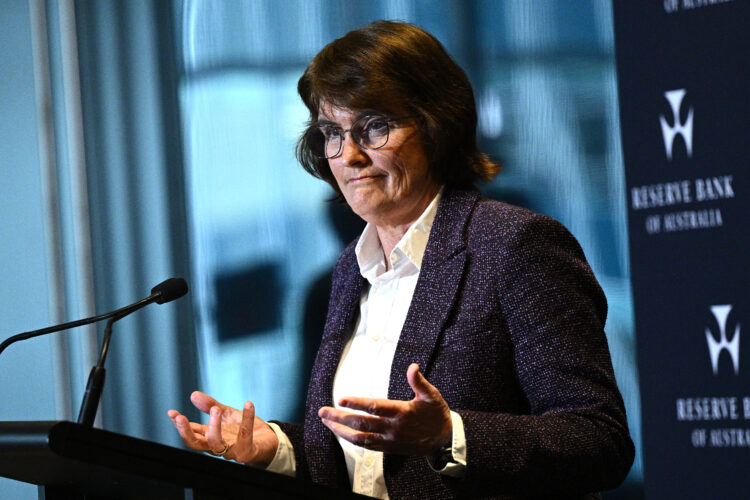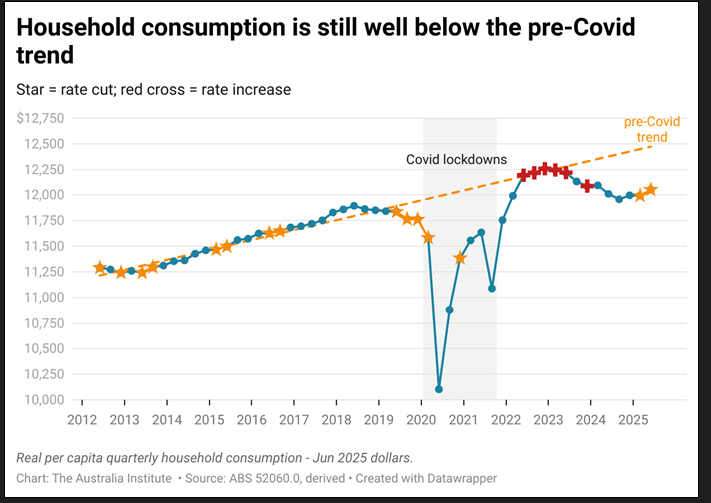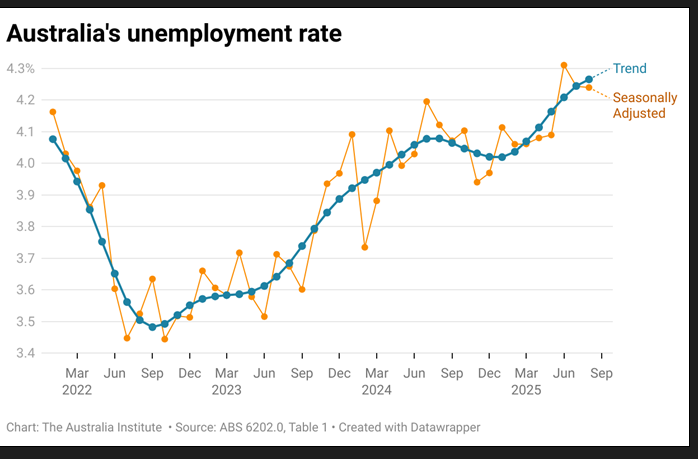The current shadow treasurer is holding a press conference
You do not have to read this – it matters as much as yelling at the clouds.
But for those who have a burning desire to hear from the current shadow treasurer (who is indistinguishable from a beige wall on the best of days) here is what Super Ted O’Brien has to say:
Right across the country, the average mortgage holder will be paying $1,800 more in interest payments every single month compared to when the Coalition was in government. That will continue to be the case. My heart goes out to not only to them today, but my heart also goes out to all of those young Australians who are hoping to get into the property market. The higher these interest rates are, the tougher it’s going to be for younger Australians who want to chase that Australian dream of owning their own home. What we hear from the Reserve Bank is if you look at their just the first paragraph in their statement today that inflation in the September quarter was higher than expected.
This is a direct consequence of the Albanese government’s spending spree. There is a reason why rates have been higher for longer in Australia, and that is this Albanese government ensuring that they keep spending and a big government approach is their mode of operation. This has not changed and we continue to see that in the figures that are released over time. This government is spending $160 billion extra, $160 billion extra this financial year compared to when the Coalition was in government. This is leading to a larger non-market sector crowding out the private sector. We’re seeing productivity go backwards. Productivity has gone backwards by over 5% under this government’s watch, which is why we have seen Australia experience the deepest falls in living standards across the developed world. If you look at the OECD, our productivity is the second worst. Now what this means is not only on one hand is the government on a spending spree, but on the other hand it is failing to grow the Australian economy. And this leaves very little room for the Reserve Bank when it comes to monetary policy.


